Exploring Ontario’s Most Ecologically Diverse Area
Set among the rolling farmlands of bucolic Norfolk County in Ontario’s Southwest is a small patch of forest known as Backus Woods.
At 875 acres, it isn’t huge by Canadian wilderness standards but it is protected by the National Conservancy of Canada for a very important reason. Backus Woods is one of Ontario’s highest quality old growth hardwood forests and it is the best remaining example of the shrinking Canadian Carolinian Forest eco-zone.
In addition to housing some of the oldest living trees in Ontario, this incredible natural oasis is home to several types of wetlands that are a haven for species at risk.
While remarkable on its own, Backus Woods is just one small part of a much larger conservation picture — the UNESCO World Biosphere Reserve known as Long Point.
What is the Long Point Biosphere Reserve?
Located on the north shore of Lake Erie, Long Point is best known for the 40 kilometre long sandy peninsula that extends out into the lake. It is only about one kilometre wide at its thickest point and features long, continuous beaches and undisturbed sand dunes. It was designated as a UNESCO Biosphere Reserve in April of 1986.
The Biosphere — one of 18 Biosphere Reserves in Canada — encompasses 26, 250 hectares of land that includes the point as well as the land area around it, including the aforementioned Backus Woods. It includes marshes, forests and sand dunes.
Read about another one of Canada’s biospheres, the Frontenac Arch Biosphere.
Why is Long Point Biosphere special?
When it comes to ecology, the Long Point Biosphere is a heavy hitter. Not only is it the largest example of sand dune and sand pit formation in the Great Lakes region, but it is located along the Atlantic Flyway — a major north-south migratory route for a huge variety of bird species. Hundreds of thousands of birds and butterflies (including the Monarch) pass through Long Point in the spring and fall.
The Long Point National Wildlife Area, which is located at the very tip of the peninsula, is also recognized world-wide as a wetland area of significant ecological importance.
How to visit Long Point Biosphere
While parts of the Long Point Biosphere Reserve are off limits to visitors, there are still lots of amazing places to visit.
Visit the foundation website
Connect with the Long Point Biosphere Reserve Foundation for tips on how to visit the region and how to get involved in conservation efforts. This great organization promotes education and community outreach so the biosphere can be respected and enjoyed for generations to come.
Camp at Long Point Provincial Park
Located within the World Biosphere Reserve, this beautiful provincial park has a 1.5 km sandy beach and 5 km of cycling roadways. You can visit for the day to enjoy the beach and warm Lake Erie waters or camp overnight at one of the two campgrounds. Canoeing, fishing and swimming are all popular at Long Point Provincial Park.
Hike Backus Woods
Open year round, nature lovers can hike among Black Gum and Tulip Trees on 21 km of trails in beautiful Backus Woods. There are seven trails open to the public, including the 6.5 km Weston Family Trail. Most trails are rated moderate.
Take a virtual tour of the trail and find out how to explore this area.
Stay overnight and take a guided tour
Stay in comfort at the Seven Gables Tillsonburg Bed and Breakfast and then take a guided hike through the stunning Long Point Biosphere with a knowledgeable guide on this 2-day eco adventure.
Want to explore more of Ontario’s Southwest? Explore our trips, tours and experiences here.

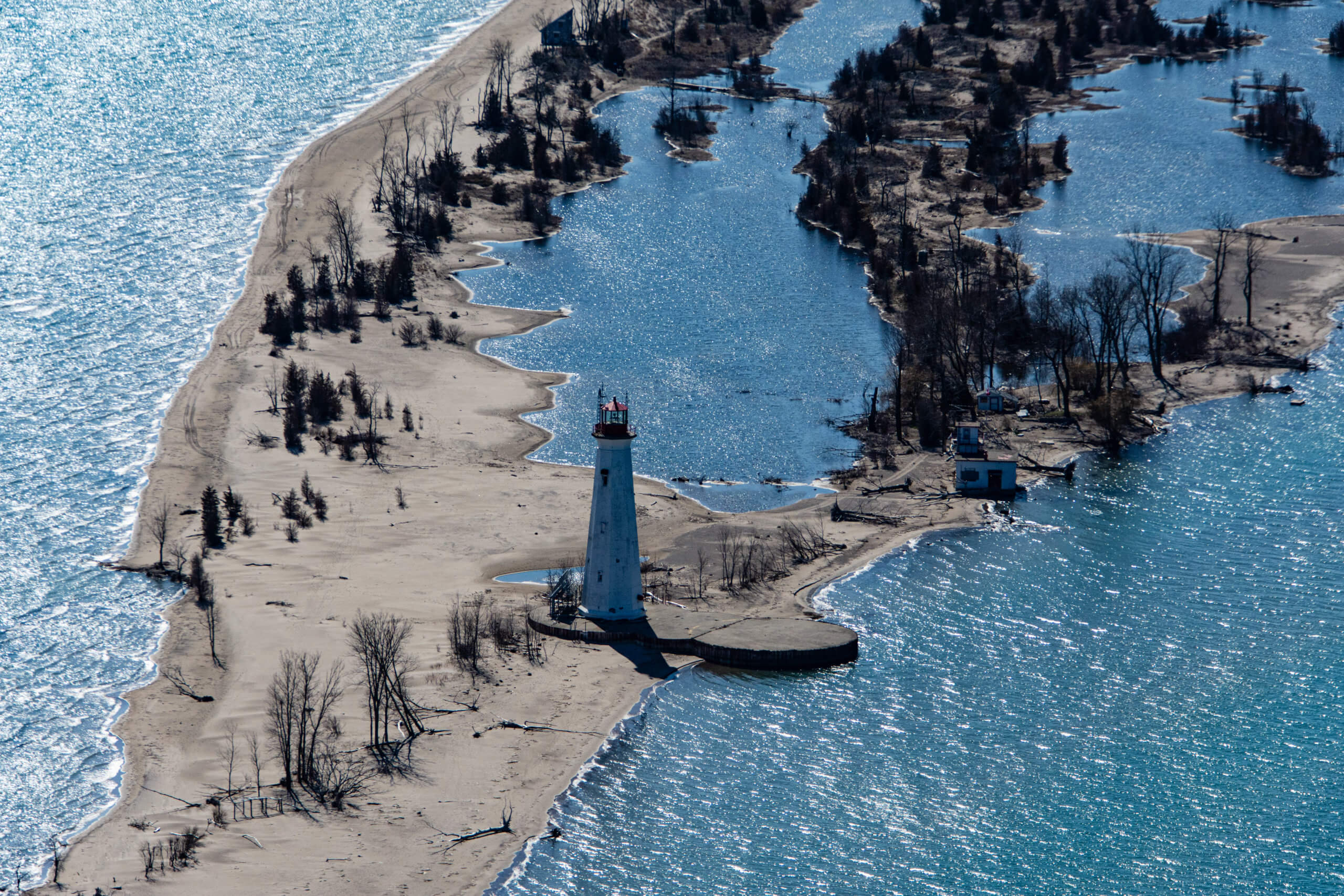

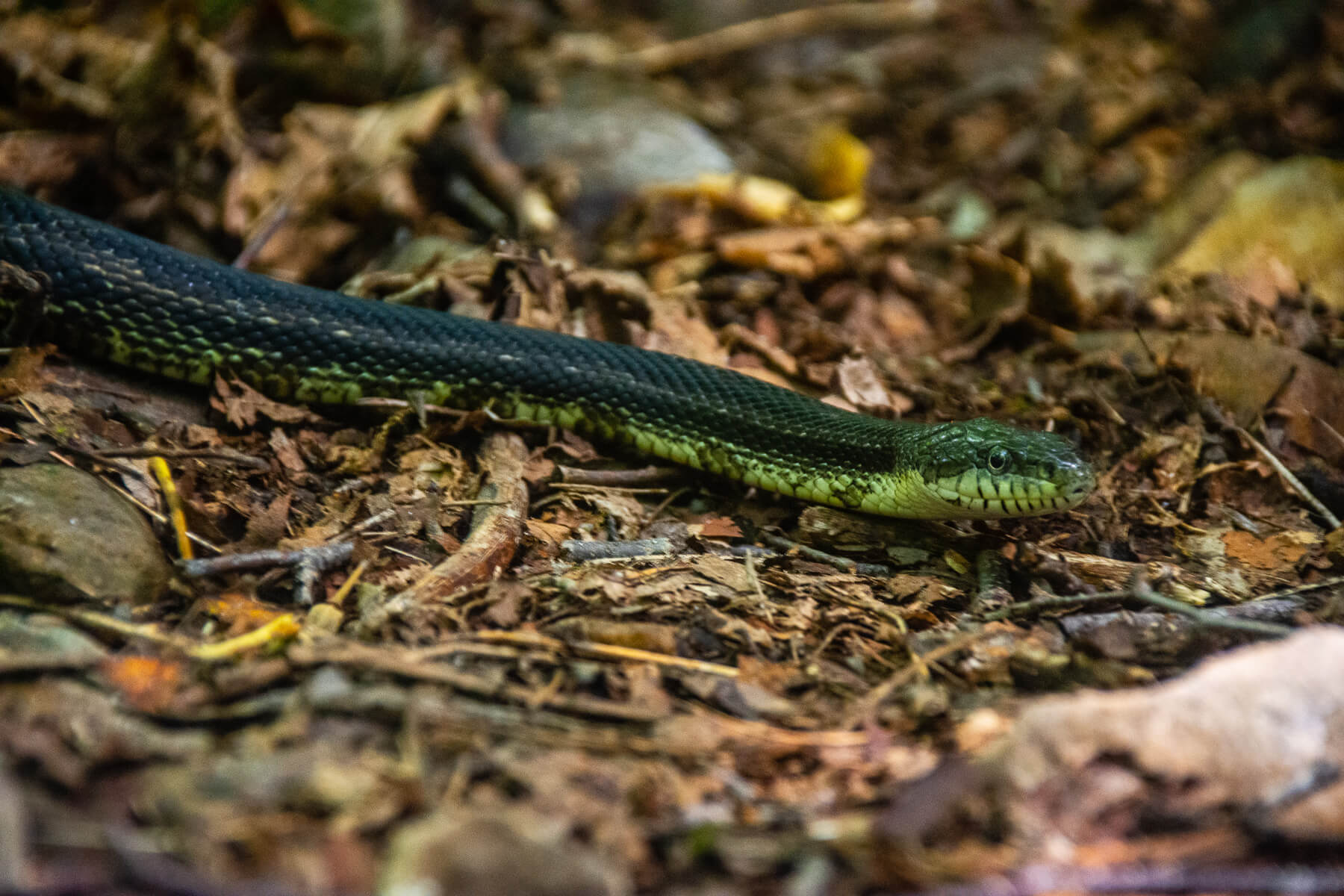

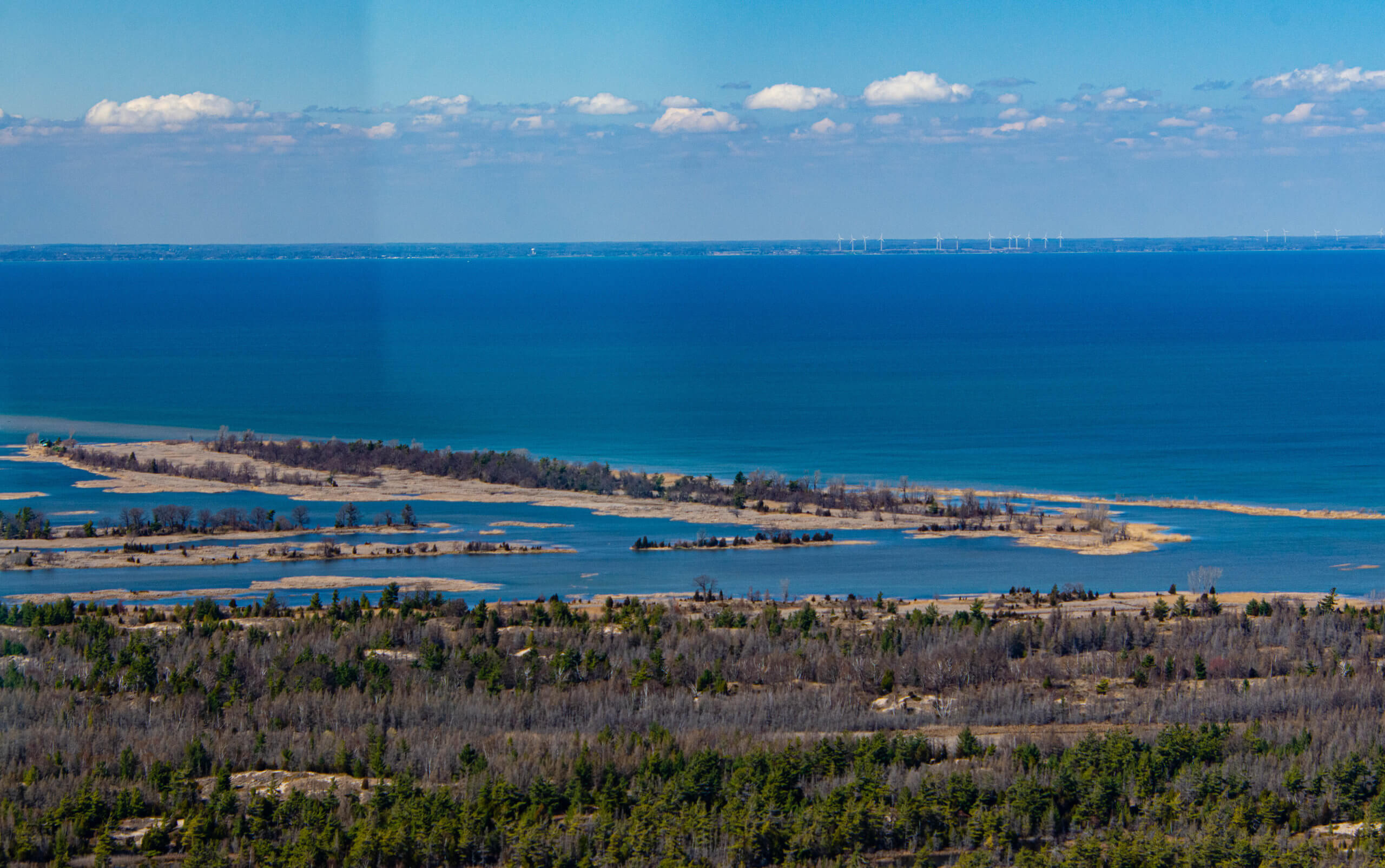
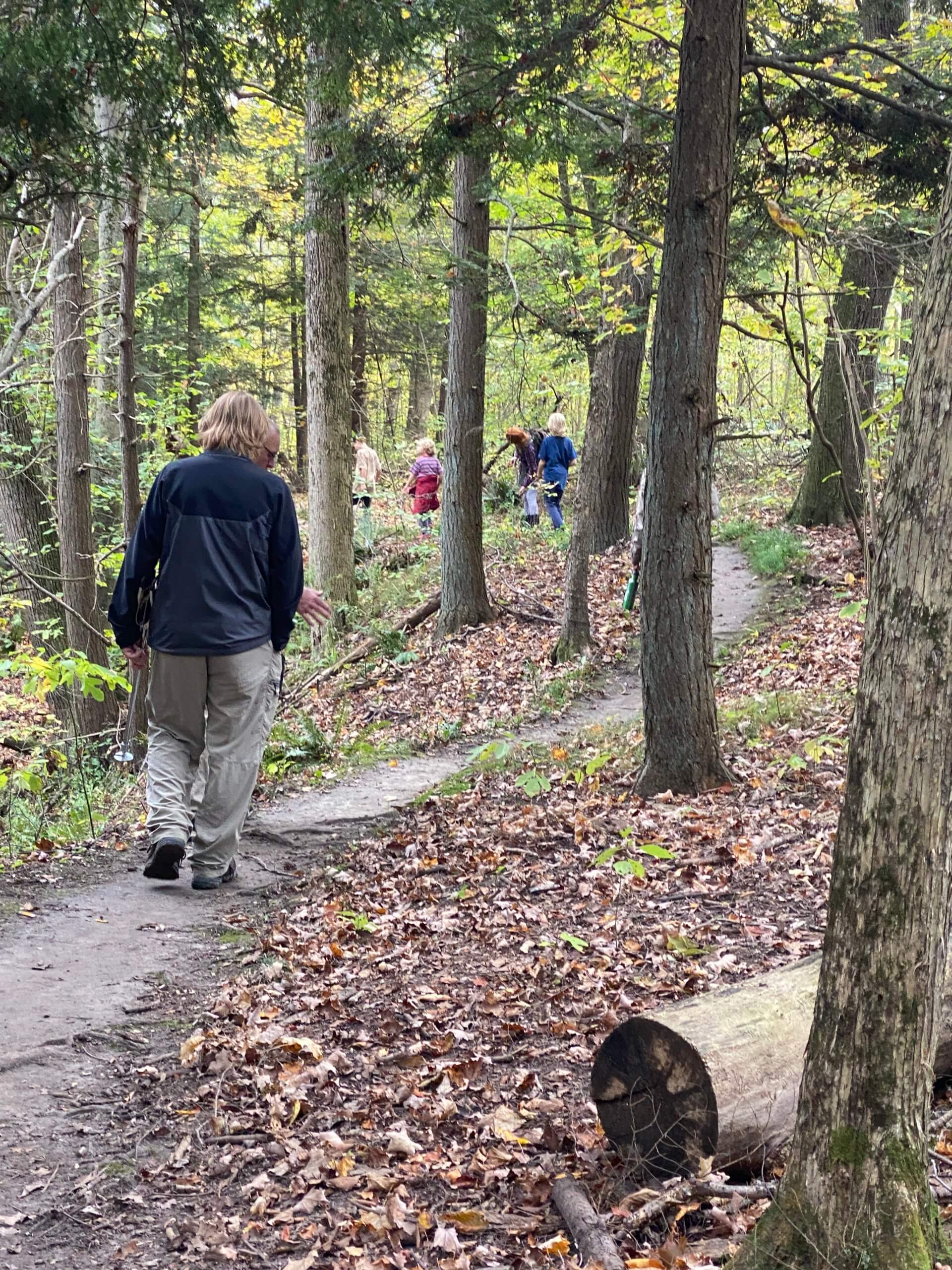

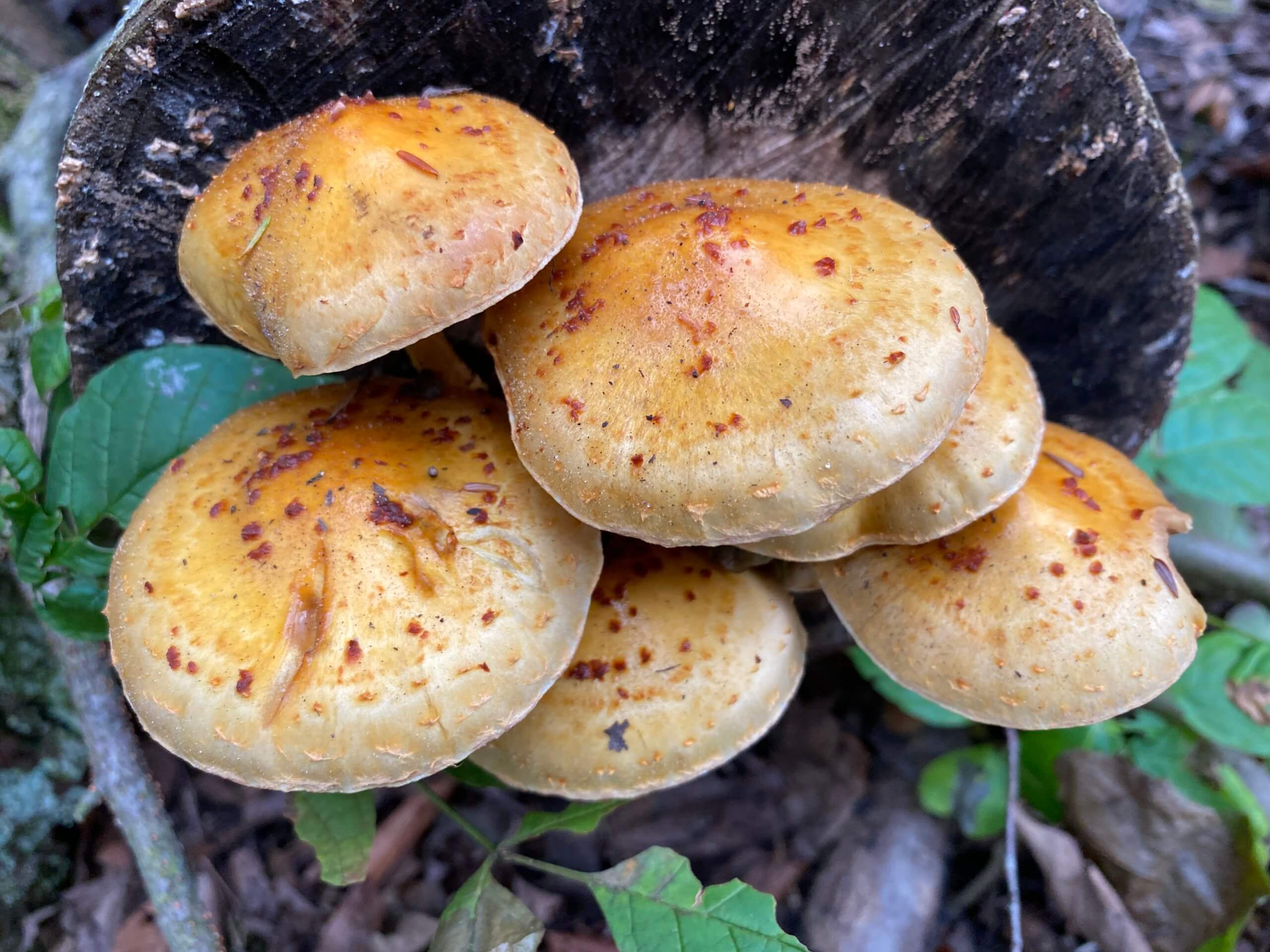
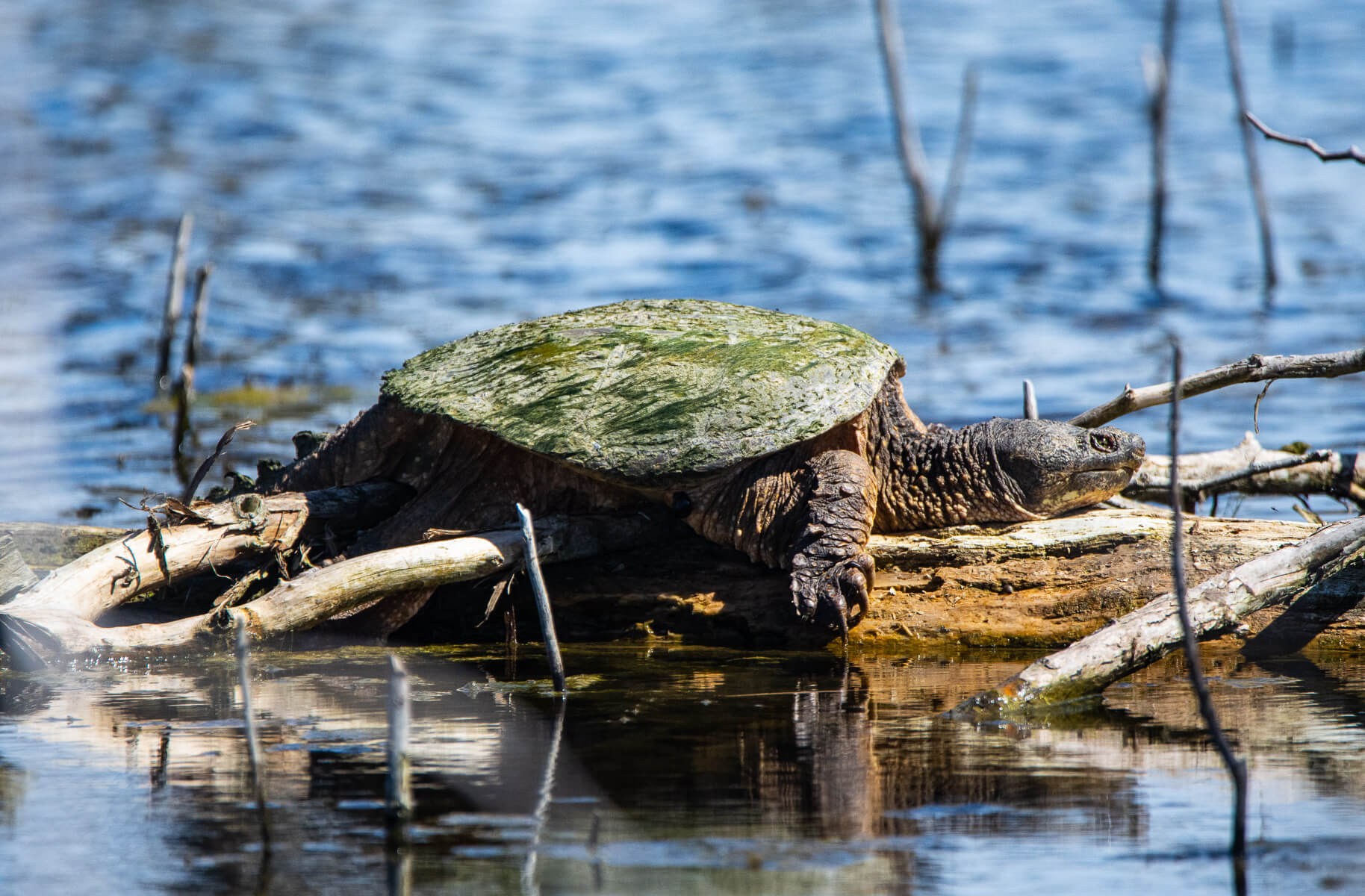


Thanks for your blog, nice to read. Do not stop.
Thank you so much for reading and for your kind comment.